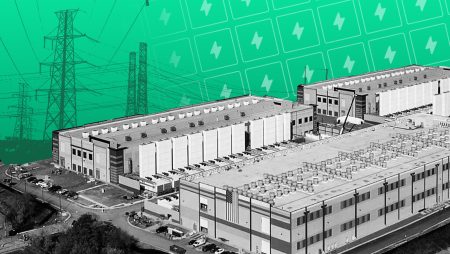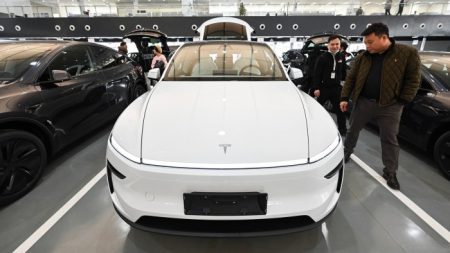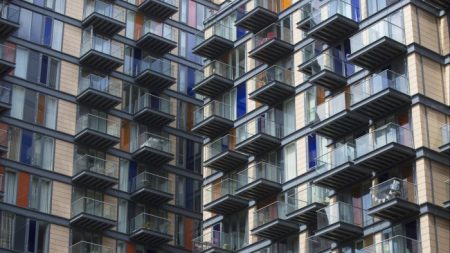Unlock the Editor’s Digest for free
Roula Khalaf, Editor of the FT, selects her favourite stories in this weekly newsletter.
Microsoft’s emissions have risen by almost a third since 2020, as the push to build out the infrastructure behind artificial intelligence threatens its climate goals.
The nearly 30 per cent increase in emissions was in large part due to the construction of the data centres that AI and cloud computing systems run on, Microsoft said in its annual sustainability report on Wednesday.
“Our challenges are in part unique to our position as a leading cloud supplier that is expanding its data centres,” Microsoft said. The company is in a race against competitors including Amazon and Google to invest in building out the infrastructure to support generative AI.
Microsoft has invested billions of dollars into OpenAI, the company behind ChatGPT, and is building its own AI tools.
Microsoft’s direct and energy-related emissions fell by 6.3 per cent in 2023 compared with its 2020 baseline. However, emissions from its supply chain — which comprise the vast majority of its total emissions — jumped by 30.9 per cent. That pushed overall emissions up 29.1 per cent, it said in its report.
The company is among those that have set a broad array of climate goals, including targets to become “carbon negative” and achieve “zero waste” by 2030.
However, those goals have been imperilled by the race to build generative AI, which is power-intensive with large energy and water demands.
The competition to build out data centre infrastructure has also raised questions about the capacity of national energy grids to cope with the expected jump in electricity demand linked to AI, and whether there is sufficient renewables generation in those markets to power the technology.
In a bid to address its ballooning supply chain emissions, Microsoft on Wednesday said it would require certain “high volume” suppliers to use 100 per cent “carbon free” electricity for goods and services delivered to the Seattle-based company by 2030.
Microsoft also said this month that it would back an estimated $10bn in renewable electricity projects to be developed by Brookfield Asset Management as part of its efforts to marry its clean energy goals with its AI ambitions.
The emissions linked to building new data centres come in part from critical construction materials such as cement and steel that are carbon-intensive to produce, and those that go into computer chips and other hardware.
Microsoft has pledged that 100 per cent of its electricity consumption will be “matched” 100 per cent of the time by “zero carbon energy purchases” by 2030.
Read the full article here













